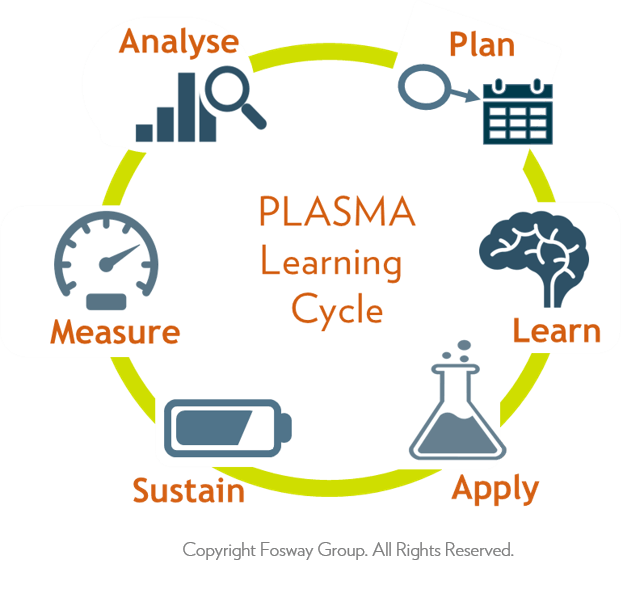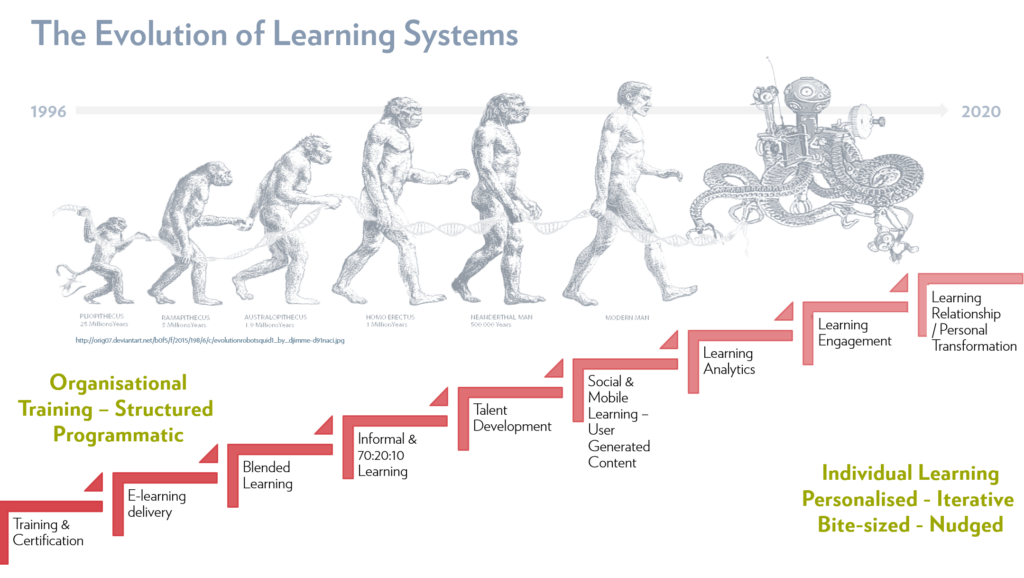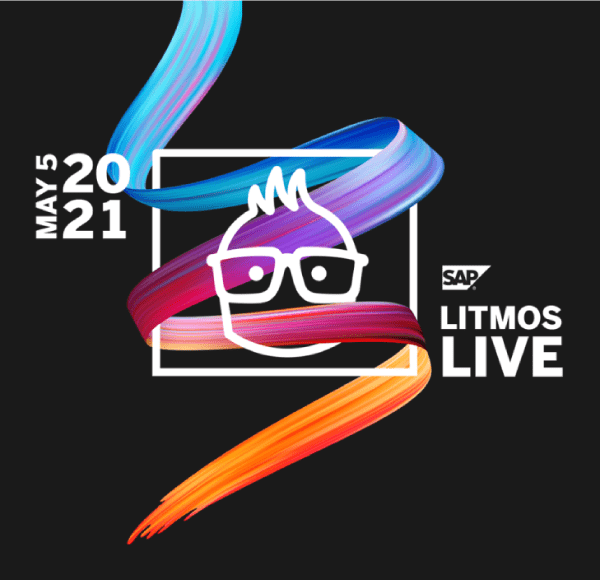Powering customer experiences that count
In the second part of this guest series, David Wilson, Founder and CEO at Fosway Group, Europe’s #1 HR industry analyst, builds on his last post for us and reveals practical ways to create learning journeys that help your people and your organisation’s performance.
~~~
If your organisation’s goals are customer centric (and let’s face it, if they’re not then you might be in some trouble anyway) then the chances are you’d like the people you have interacting with your customers – at any point in their journey – to be well informed, enthusiastic and maybe even passionate about your brand and what you do!
As I shared in my last post learning is one way to power a workforce that delivers an impactful (and measurable!) customer experience.
But where do you begin to create learning experiences that can be delivered faster, are more flexible and provide more value to your people – and ultimately your customers?
- Power continuous learning cycles
The first step is to stop thinking about learning as a one-off event or single process. Learning should be considered as an ongoing experience – or as a blend of processes, opportunities and engagements across many different channels over a period of time. This means building the impact of what L&D is trying to achieve through the whole learning cycle. This is illustrated in our Fosway PLASMA model, which uses the lens of an ongoing cycle to move beyond single interventions and puts performance at the centre of each and every stage.
- Plan – What do I need to be able to know, understand or be able to do?
- Learn – How can I learn that knowledge/develop that skill/build that proficiency? (Acquire and Practise)
- Apply – How am I using my learning? (Do)
- Sustain – What am I doing to consistently achieve the right levels of skill and performance (Be)
- Measure – How well am I doing? Am I on or off target?
- Analyse – Where should I be going next?
2. Provide rich learning solutions
Consider what your manifesto looks like for supporting better learning experiences.
How do you reach people in customer service positions who might find it hard to get away from the shop floor for example?
The top growth areas in digital learning from our 2019 Digital Learning Realities research can all be useful, but it’s putting the different pieces together in a coherent way that helps create truly engaging and impactful learning experiences.
When we look across the full learning cycle using the PLASMA model, we can begin to evaluate how these different solutions support each stage of learning, wherever we start in the cycle.
3. Personalise and build your learning relationships
All of the above digital learning formats and platforms are valid, but remember that in order to truly engage learners and create experiences for them that will translate into great customer experiences – and ultimately deliver a better business impact – you need to think about how you personalise learning in your organisation.
Better analytics drive more powerful insights around what learning content is being used the most, which roles might benefit from which resources, and when the right time might be for your people to receive formal training or informal nudges to continue to learn and improve.
2019 is the year that Artificial Intelligence (AI) is starting to become a reality in a lot of solutions and it could be a real gamechanger in your bid to power learning.
4. Make friends with your data
You will not be able to show the difference learning can make though if you do not make friends with data. Step away from tracking completion rates and start to look at what matters to the rest of the business and your key stakeholders. Start off by looking at employee engagement, click throughs on internal emails – treat learners like a retailer would a customer!
L&D has to grasp the nettle so it can understand and accelerate change in what is really impacting the business as well as what’s not working and should be stopped. There is an opportunity now to play a key role in shaping the future of your organisation. But L&D has to be a driver of change, not a follower. And that’s not a quick fix, but it is one that will power the most positive change for your people, your customers and ultimately, your business as a whole, both now and in the future.








